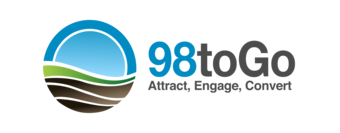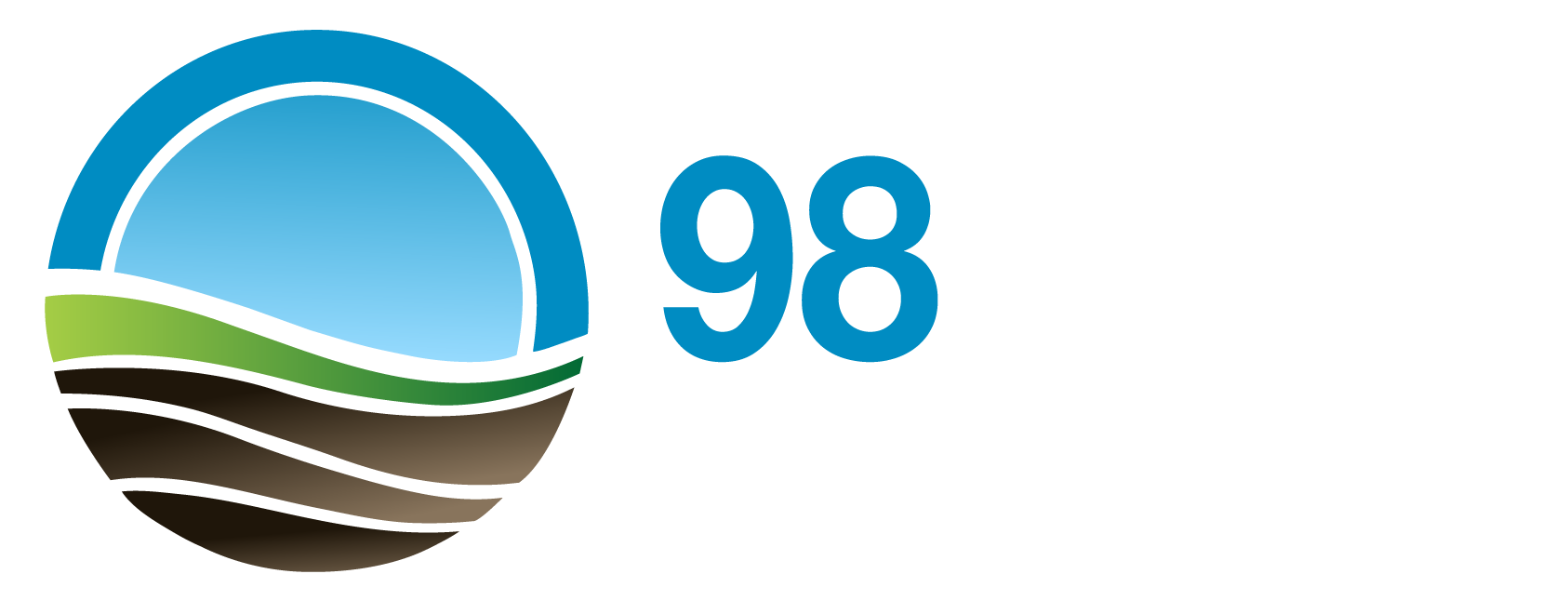Why Facebook Ads Will Be a Big Win For Your Business in 2018
On January 11, Facebook CEO Mark Zuckerberg announced that the platform will refine its focus, with preference given to relevant content that helps people have more meaningful social interactions. He explains that, “recently we’ve gotten feedback from our community that public content — posts from businesses, brands, and media — is crowding out the personal moments that lead us to connect more with each other.”
With a new vision and algorithm announced for brands, businesses, and media posts on Facebook, people who rely on the platform for marketing and advertising are rethinking their digital communication strategy for the remainder of the year. What does this mean for your brand? In short, if you want your content to be seen by your desired audience, it’s no longer enough to post to your page. Does this mean that people who use Facebook posts to market their business should start to panic? Definitely not. In fact with better targeted ads, brand managers who take advantage of the new Facebook Ads features will not only see their reach grow in 2018, but they can expect their investment in the platform to convert to profit.
Better Than Organic: 9 Ways Facebook Ads Deliver
Ideally, the content of your ads will align with Facebook’s new aim for the user experience. When ad campaigns are designed to bring interesting and meaningful information to your target audience, everyone wins. Make the most of your content with these features.
1. Hyper-targeting
Not only does Facebook give you the ability to target specific segments of your existing audiences, it refines ads to bring in brand new audiences. Knowing who you want to reach is fundamental to everything we do at 98toGo, for both ourselves and our clients. Where keyword-based marketing is about knowing your brand, targeting through Facebook is about knowing your community. This is how you can truly connect and make an impact.
2. Engagement and Community Building
It’s crucial to build not only engagement with your audience, but a feeling of community as well. Implementing a strategy that incorporates Facebook Ads and private Facebook groups is an effective way to increase retention and engage audiences while building a strong community around your brand values.
3. Effective Retargeting
The buyer’s journey for your audience can be long and will most likely take them to several places: from your website, to social media channels, to other websites, and back. Facebook Ads lets you retarget those potential customers who explored your website early in the buying stage. If you nurture them as they go through the journey on their own time, they won’t feel you’re trying to speed things along with premature sales messages.
4. Tracking Offline Conversions
Proving ROI is key for marketers. Facebook’s ability to attribute offline sales to online ads is a huge benefit for brands in 2018. You can know where every dollar is going and how each dollar is performing.
5. Messenger Revolution
As Messenger evolves, Facebook continues to explore its boundaries. Now is a great time for brands to take advantage of the ad capabilities within Messenger, which are are expanding to make it easier to accept payments.
6. New Budget Optimization
To make sure your ads succeed, Facebook rolled out a new campaign budget optimization feature for 2018. With this tool, when you create an an AdSet and an overall budget to go with it, Facebook automatically allocates more of the funds to the ad that’s performing best. Basically, it becomes an A/B(/C/D) test that you don’t have to analyze and adjust on your own. Even though running an A/B test through Facebook ads has never been difficult, from a technical standpoint, it’s been one more task for your marketing team to put on their to-do list. We’ve all been guilty of bypassing the A/B test feature, at one time or other, in favor of “just being done with it.” Now you can test a full AdSet and just be done with it.
7. Amplify Your Current Content
Get the most out of what you’re already doing. Use Facebook Ads to expand the reach of content that resonate with your audience. There’s no reason to publish and simply move onto the next piece of content on the calendar. When you amplify that content using Facebook Ads, you see the return on that content increase.
8. Embrace Cost-Efficient Advertising
Compared to other digital realms (AdWords, influencer marketing, content marketing), social media platforms (Twitter, Pinterest, Instagram), or traditional media (billboards, print, TV, radio), Facebook’s hyper-targeting advances, ease of use, and low cost of entry makes it the efficiency leader. (Read more about Facebook’s ad cost from AdEspresso.)
9. Facebook is (Nearly) Universal
With more than 2 billion monthly users, Facebook hosts over a quarter of the world’s population. For many of those users, Facebook is, in practice, represents the entirety of their online experience. Though they may go looking for other specific things, they default to Facebook. The platform provides advertisers with an unparalleled opportunity to reach an otherwise unreachable audience. And frankly, with the current adoption rate, most businesses can’t afford not to advertise on Facebook.
The key to success for your brand on Facebook in 2018 is to cut through the noise with content that’s meaningful to your target audience. How will they connect personally with what your company offers? Why is it something they want? Keep the same principles of authentic engagement that you would use for organic posts, or even your personal channels, and let the functionality of Facebook Ads do the rest. Happy marketing!
Grab The Infographic!
Pictures speak louder than words, and we created one pretty sweet infographic to go along with this post. Click here to get the infographic.
Want to take your Facebook ads to the next level?
We put together a behind-the-scenes webinar showing you exactly what you need to be doing on Facebook to get the best results with your Facebook ad campaigns. These are the same exact items we take each of our clients through, and you get them for free in this webinar. Click here access the webinar.

